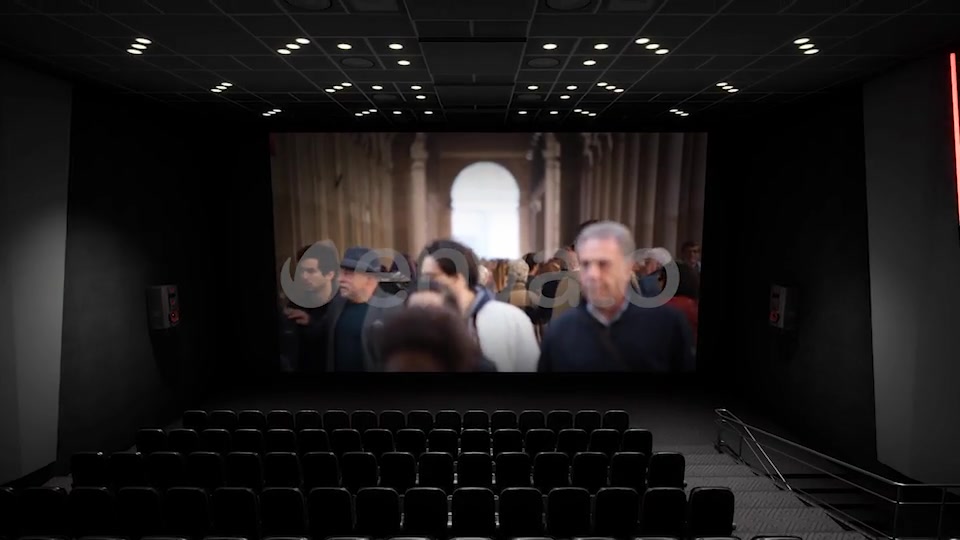

A cornice along the balcony front originally concealed hidden cove lighting. The front section of the balcony overhangs and is supported on massive concrete cantilever beams projecting out from the main balcony, decorated to give the appearance of carved wooden timbers. The balcony is cantilevered on steel trusses and presents a face about 10-12ft high. Over the width of the proscenium dancing muses in various poses are set within gold medallions. On both the frontispieces, and around the proscenium, are found symbolical characters of Orpheus and the Greek Muses.
#Photo theater for windows full size
The frontispieces are Spanish Renaissance styled in the manner of 17th century artist José Churriguera.Īt the top center of each frontispiece is a full size statue of Venus supporting the vase of enjoyment on her shoulders. On either side of the proscenium are monumental companion frontispieces, hiding the organ chambers, which act as ornamental buttresses to the proscenium. Another theatre which featured waterfalls in its auditorium was His Majesty’s Theatre in Perth, Australia, and while the theatre survives the waterfalls have long since been removed. Water features in theatres are extremely rare, the only other we have photographed is at the Balboa Theatre in San Diego. The walls of the alcoves are still painted with garden scenes. The remains of the fountains are still evidenced by the water connections now buried in the tilework floor in the alcoves at either side of the Orchestra level seating. The auditorium is designed to evoke the sense of a lavish Spanish walled garden, and originally featured water fountains in the “arbored alcoves” at the Orchestra seating level. The face of the balcony features helmeted conquistadors facing alternately north and south as a nod to those who influenced Arizona’s roots.


On the 2nd Ave façade the building features a balcony, called the Balcony of the Dons. The masks of Tragedy and Comedy can be found repeating on the exterior in addition to Orpheus playing his pipes. The exterior of the building was said to suggest its function and purpose at a glance, and was completed in Spanish style with finials, brackets, and walls made up of large blocks of vari-colored stone. Patrons sat below a vast blue-sky ceiling which featured tiny twinkling lights to suggest stars and projected moving cloud effects, affording a sense of sitting under the twilight sky watching a performance alfresco. Spanish Baroque Revival was the predominant style used for the building, with the auditorium being of an atmospheric design. The theatrical policy of the new theatre was to be motion pictures, vaudeville, and road attractions. The name of the theatre was changed to the Orpheum Theatre by the time it opened, and the final cost swelled to $750,000. In the end additional floors were not built and the theatre did not open until January 1929, by which time Rickards & Nace had changed allegiance to the Orpheum Circuit. The theatre was three stories in height but was built with foundations capable of supporting eight stories, the intention being to add office space above the theatre “as local conditions warrant”. Rickards & Nace were operating as a subsidiary of the Universal chain at the time, and as reported by local newspaper The Arizona Republican in October 1927, the theatre was to be called the Granada Theatre. Plans for the $500,000 theatre building were announced and a groundbreaking ceremony held in July 1927, with opening slated for late December that year, possibly early January 1928. Mahoney of Phoenix-based architect firm Lescher & Mahoney, with Hugh Gilbert acting as an associate architect. Rickards and Harry Nace built the theatre. Established Arizona theatre operators Jo E.


 0 kommentar(er)
0 kommentar(er)
